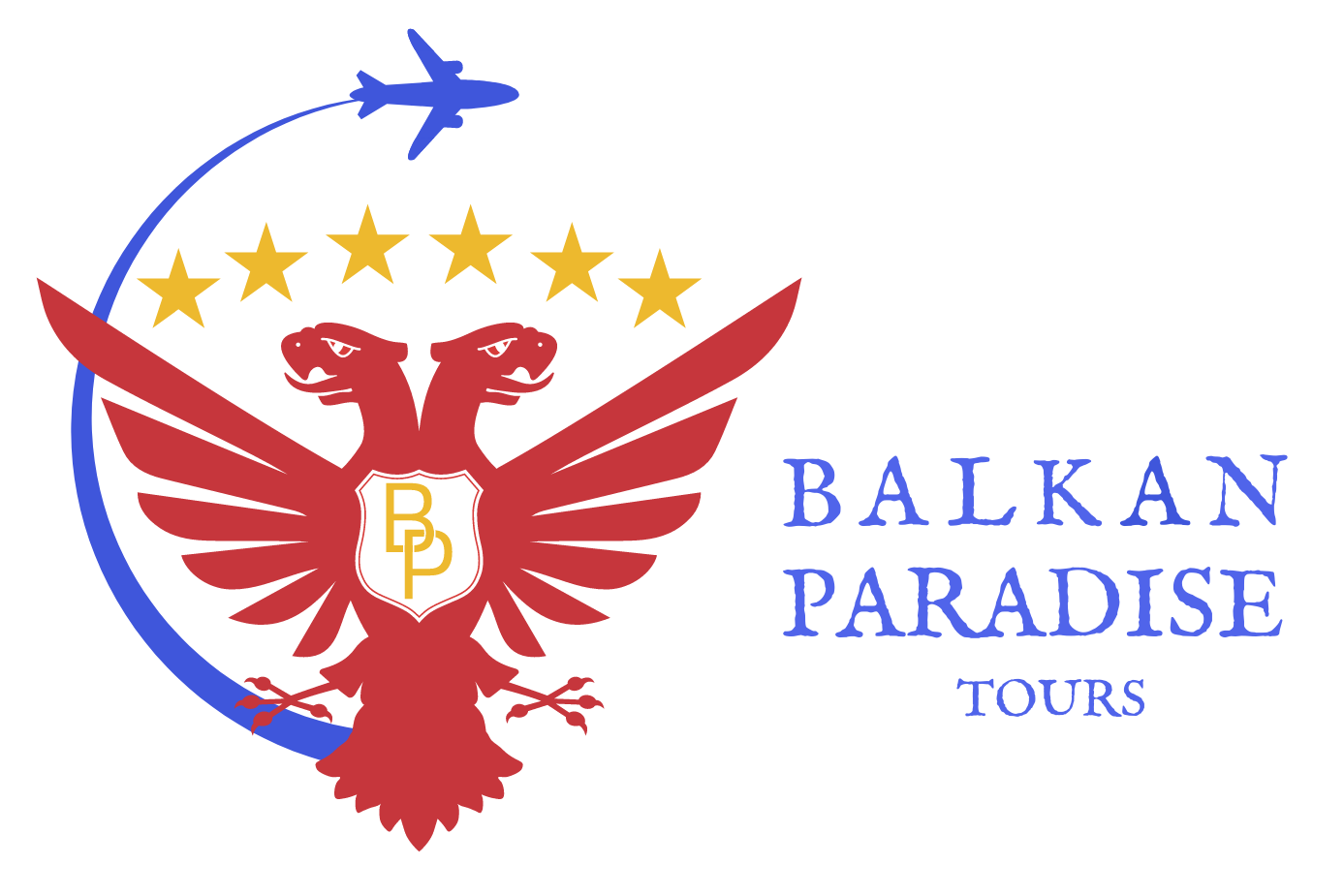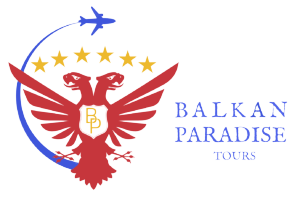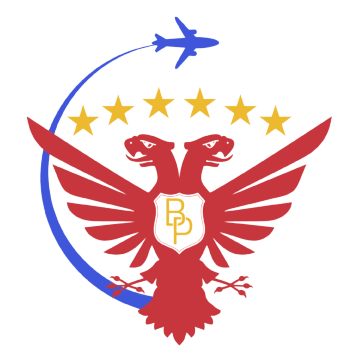Blog
Customs And Legends In Montenegro
Customs and legends
Montenegro habits
1. Montenegrins are known for their warm hospitality and traditional values.
2. Traditional Montenegrin cuisine features grilled meats, seafood, and vegetables.
3.Religion also plays an important role in Montenegrin culture, with Eastern Orthodoxy, Islam, and Catholicism being the predominant faiths. It’s important to dress modestly when visiting religious sites.
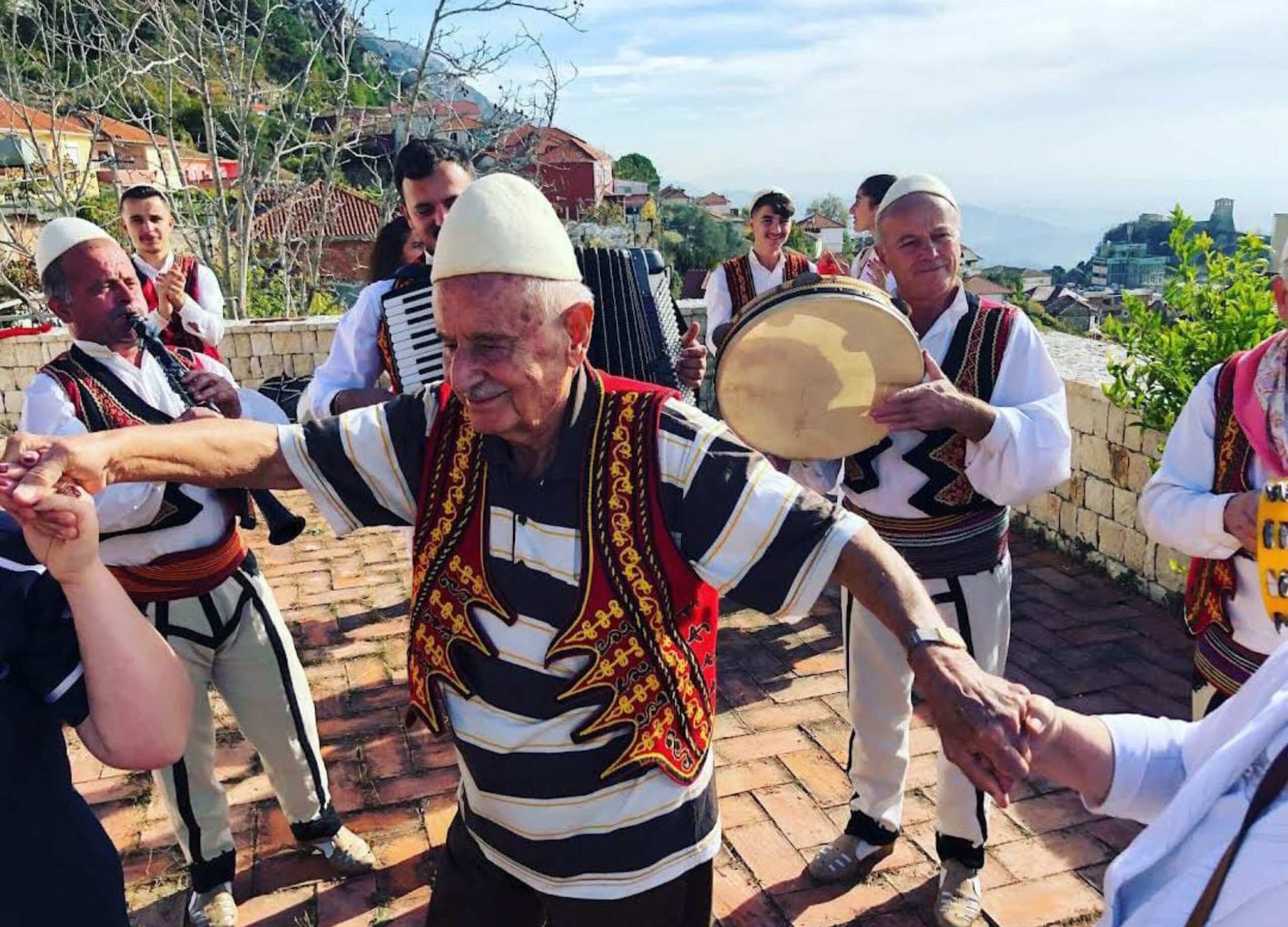
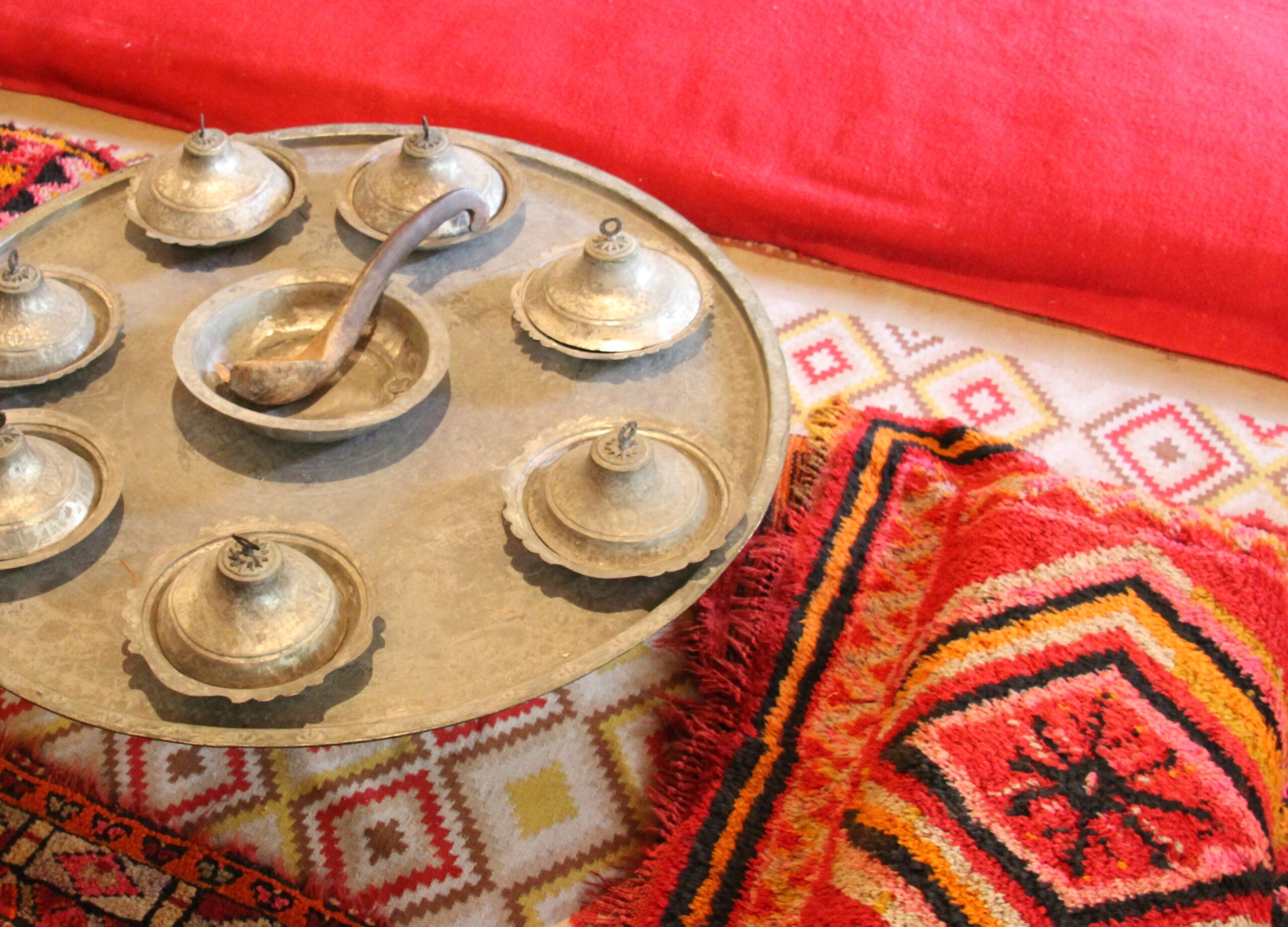
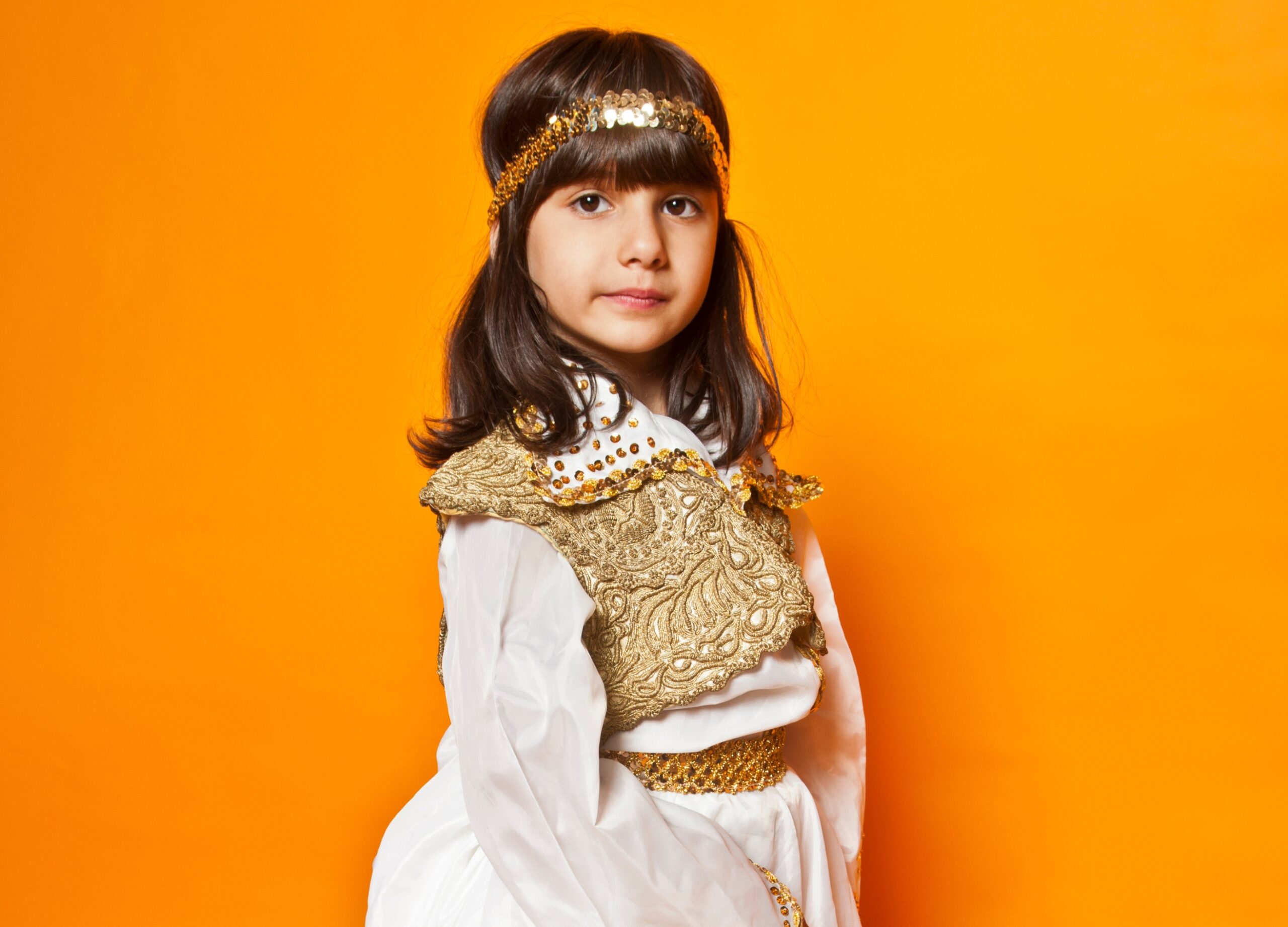
Social life in Montenegro
characterized by a mix of traditional and modern elements.
Family is highly valued, and social gatherings often center around family and close friends.
The country has a rich cultural heritage, reflected in its art, music, and literature, and there are several cultural events and festivals throughout the year, celebrating everything from traditional folk music and dance to contemporary art.
Cafes and restaurants are popular places for socializing, and nightlife in Montenegro is lively, especially in the coastal cities. In the summer months, beach bars and clubs are particularly popular among young people and tourists.
Sports are also an important part of social life in Montenegro, with soccer, basketball, volleyball, and water sports being among the most popular activities.
Traditional Montenegrin clothing
” varies depending on the region and the occasion. “
In the mountainous regions, traditional clothing for men consists of a woolen hat, a long-sleeved shirt, a waistcoat, baggy trousers, and leather shoes.
Women traditionally wear a white blouse, a long skirt, and an apron.
In coastal areas, traditional clothing is more influenced by Turkish and Venetian styles.
Men wear white shirts, waistcoats, and baggy trousers, while women wear long, flowing dresses with colorful head scarves.
Traditional clothing is still worn on special occasions and during folk festivals in Montenegro.
Montenegro Legends
The Legend of the Lady of the Rocks
The Lady of the Rocks is a small island off the coast of Montenegro that is home to a famous church. According to legend, the island was created by two fishermen who found an icon of the Virgin Mary on a rock in the sea. They took the icon home with them, but it miraculously returned to the same spot the next day. This happened several times, and eventually, the fishermen built a church on the spot where the icon was found. The church is now a popular pilgrimage site for Catholics in Montenegro.
THE FAIRY'S GATE
According to a popular legend in Montenegro, the fairy Alkima played a pivotal role in the establishment of the town of Kotor. The legend states that Alkima advised the mariners against constructing the town on the high hill Pestingrad, instead urging them to build it by the sea as it is essential for their livelihood. Heeding her advice, the mariners built the town by the sea. In appreciation, the fairy used her powers to create a bridge to the neighboring hill, which resembled a large town gate, known as the Fairy’s Gate. Legend has it that Alkima is visible sitting on the gate at a particular time at night, to those who are favored by the fairies. The Fairy’s Gate is still referred to by the same name, to this day.
The legend of the Three Sisters
is related to the oldest house in Prčanj and the noble family Bucca from Kotor. The three sisters, Nera, Bianca, and Rosa Bucca, were renowned in the region for their beauty and good nature. However, they all fell in love with the same sailor, Jerko Novljanin, and he could not choose between them. Jerko went on a long sea voyage, promising to marry the sister who waited for him upon his return. The sisters waited for years, even into their old age, but Jerko never returned. When the eldest sister died, the other two walled up her window facing the sea. The second sister later died, and the youngest walled up her window, leaving only one window facing the sea intact. The Palace of Tre Sorelle, or the Palace of Three Sisters, with its three windows, can still be seen in Prčanj today.
Lovcen - the symbol of Montenegrin freedom
The mountain of Lovcen holds great importance and symbolism for the people of Montenegro. It is known as the “Black Mountain,” which is where the country gets its name. The peak of Jezerski is home to the mausoleum of Petar Petrovic Njegos, a significant historical figure for both Montenegrins and Serbs, who was a prince-bishop, philosopher, and poet.
